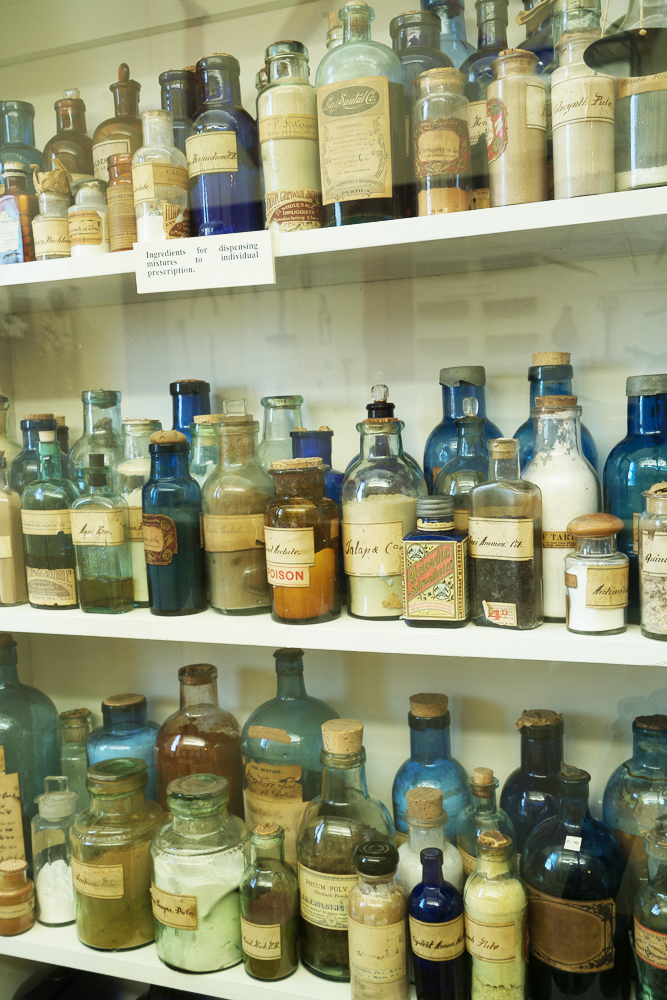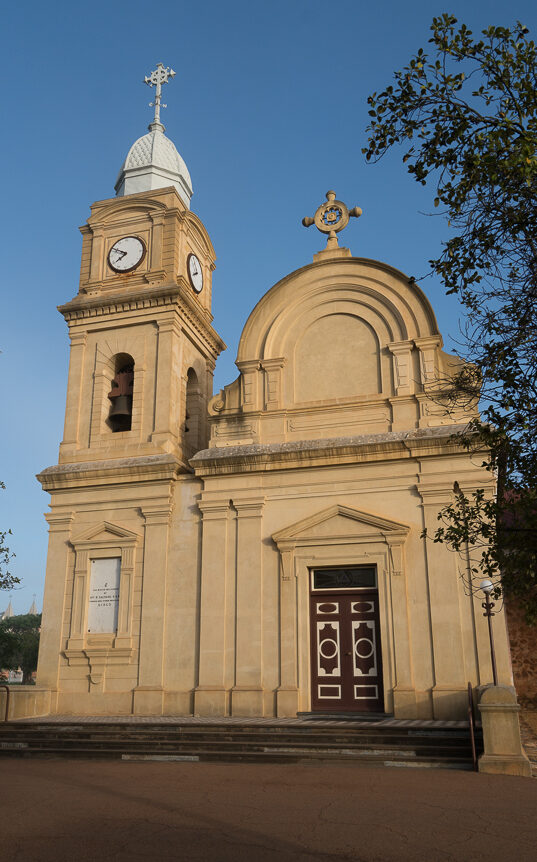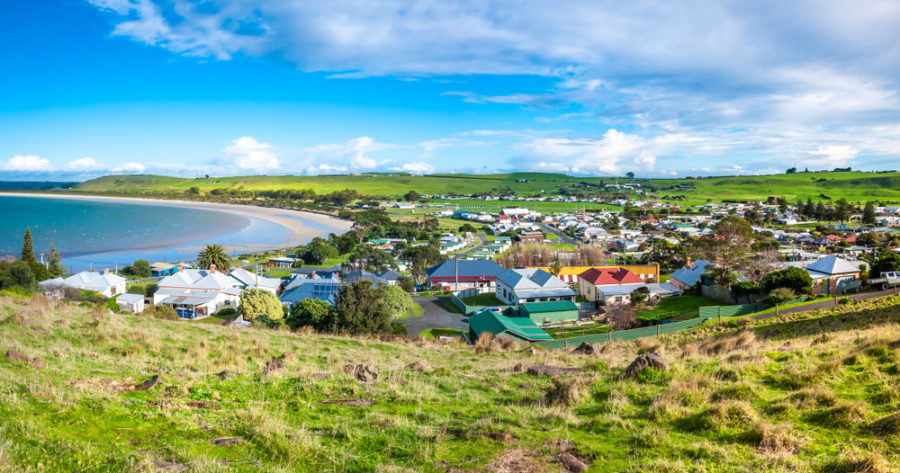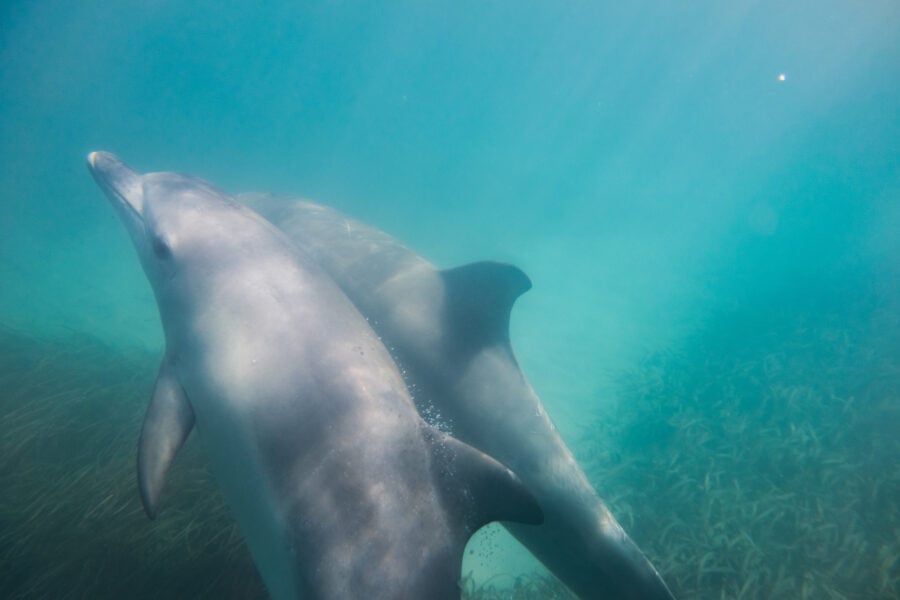A complete guide to New Norcia, WA

New Norcia is a little piece of the Mediterranean in the Australian bush. It has a monastery, church, hotel, working farm, beehives, wells, schools and an art gallery and museum. It has remained fundamentally unchanged since it was founded by Spanish Benedictine monks in the late 1840s.
One historian has written enthusiastically about the settlement: “The quaint beauty of its setting, the old-world model of its architecture, the number, the size, the real magnificence of some of its buildings, excite wonder and admiration. Nowhere else in Australia is there a place like New Norcia, and he who is fortunate enough to spend even a few hours within its hospitable walls will find interest quickened to the liveliest appreciation.”
It is easy to enjoy the settlement’s atmosphere of peacefulness and tranquillity.

Location:
New Norcia is 130km north-east of Perth via the Great Northern Highway.
Origin of Name:
When Benedictine monks established a mission on the banks of the Moore River, WA, they named it New Norcia after Norcia in Italy,
the birthplace of the order’s founder, St Benedict.
Visitor Information :
Find the New Norcia Visitor Centre, Museum, Art Gallery and Gift Shop on the
Great Northern Highway or
call 08 9654 8056.
Open most days:
9.30am–4.30pm.
Visit newnorcia.wa.edu.au
Useful Websites:
Places of interest
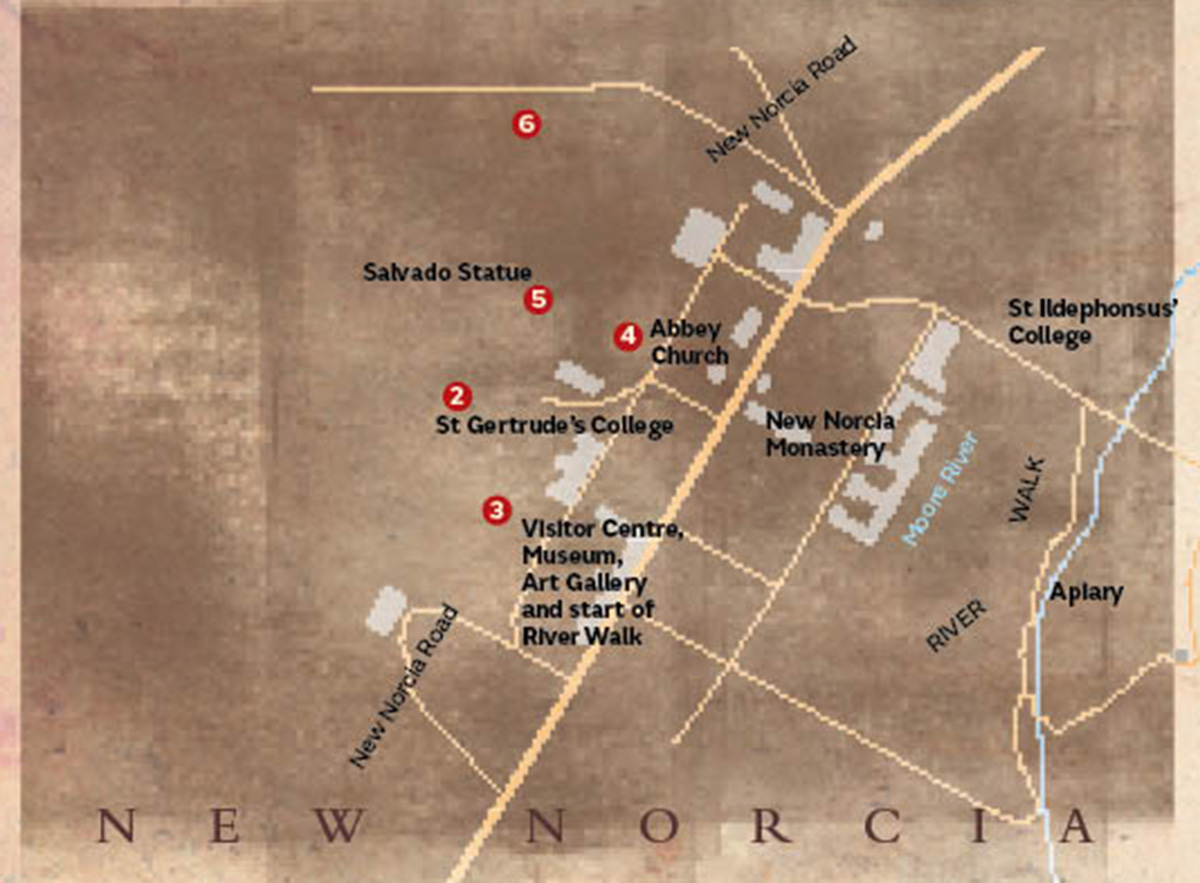
1. Heritage trails
One of the best ways to gain an overview of New Norcia is to follow its two short heritage trails, which, combined, take about three hours. Guided tours of the town allow you to see the stunning interior murals
in many of the buildings firsthand. On select Saturdays it’s possible to visit the Monastery Parlour, enjoy some New Norcia hospitality and meet a Benedictine monk.
2. St Gertrude’s College
Built in 1908 as a convent college for girls and administered by the Josephite Sisters, St Gertrude’s is a fine example of Gothic revival architecture. In 1974 it merged with St Ildephonsus’ to become coeducational but was closed in 1992. As a college it appealed both to students from surrounding wheatbelt towns and from overseas. Today it can accommodate 200 people and is used for workshops, retreats, conferences and school camps.
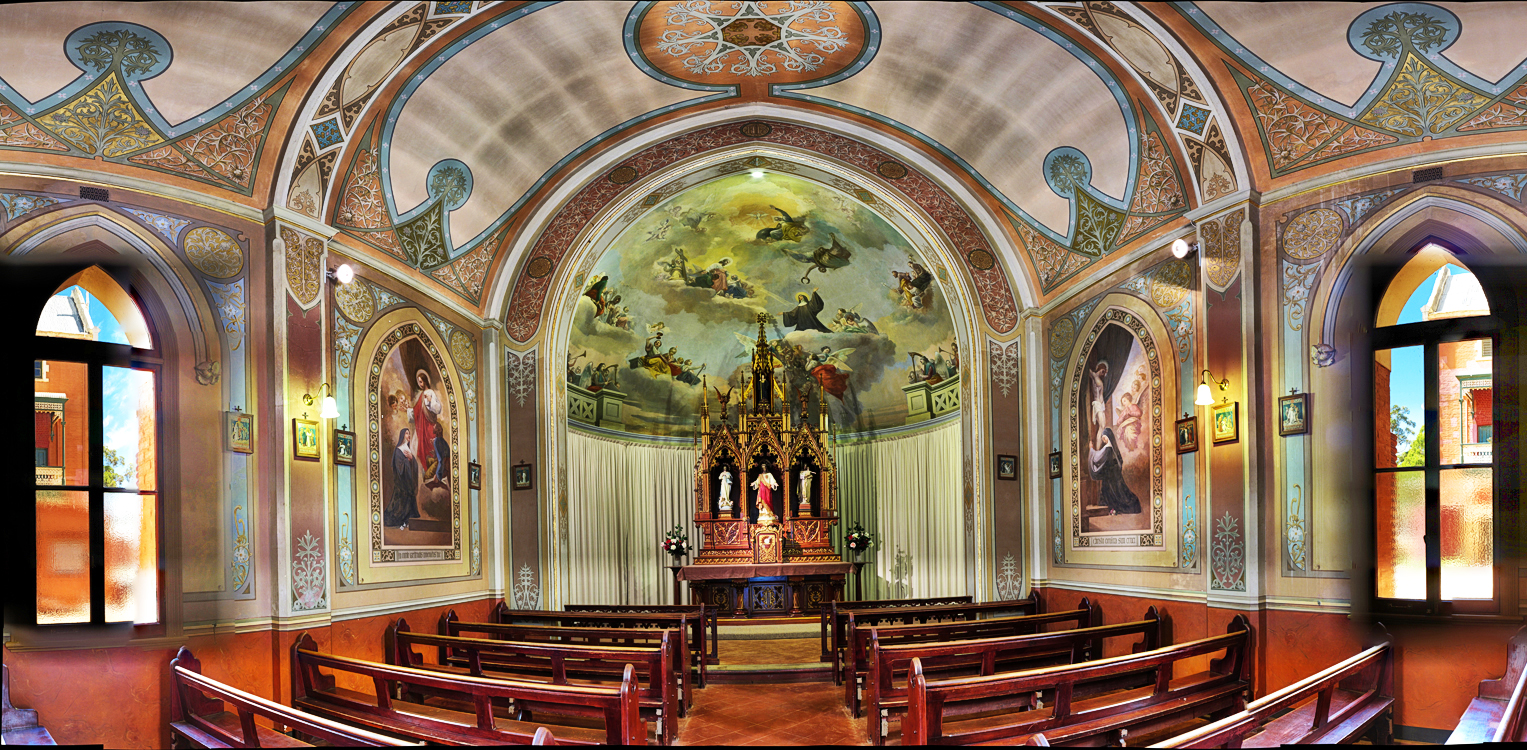
3. Museum and Art Gallery
Showing what daily life involved for the monks, the museum includes medical, agricultural and Aboriginal artefact displays. The art gallery has collections of European and Australian religious art and botanical drawings by Charles Gardiner. A shop sells New Norcia produce including olive oil, ale, wine, liquers, bread, biscotti and Dom Salvado Pan Chocolatti.
4. Abbey Church
Abbey Church is a wonderful example of bush architecture combining stones, mud plaster, rough-hewn trees and wooden shingles. Originally built in 1861 in typically Georgian style, the abbey was given a Mediterranean feel by Abbot Torres’ additions in 1908. One of its paintings, Our Lady of Good Counsel, was the subject of a miracle in 1847. As a bushfire bore down on New Norcia, Dom Salvado pointed the artwork at the fire, after which the wind direction changed and the abbey was spared.
5. Salvado statue
The statue of Dom Rosendo Salvado was presented to New Norcia by the Spanish government in the 1960s. Salvado was the founding father of New Norcia. He arrived in 1846, was forced back to Rome in 1849 and then returned in 1853 (with three priests and 37 artisans) to then remain at the monastery until 1900.
6. St Ildephonsus’ College
As imposing as St Gertrude’s, St Ildephonsus’ was designed by Abbot Torres, and its style is Byzantine influenced.
It was opened in 1913 by Governor Strickland and originally staffed by the Marist Brothers. The statue in front of the building is of Blessed Marcellin Champagnat who founded the Marist Brothers in France. The Benedictines took over teaching at the college in 1965
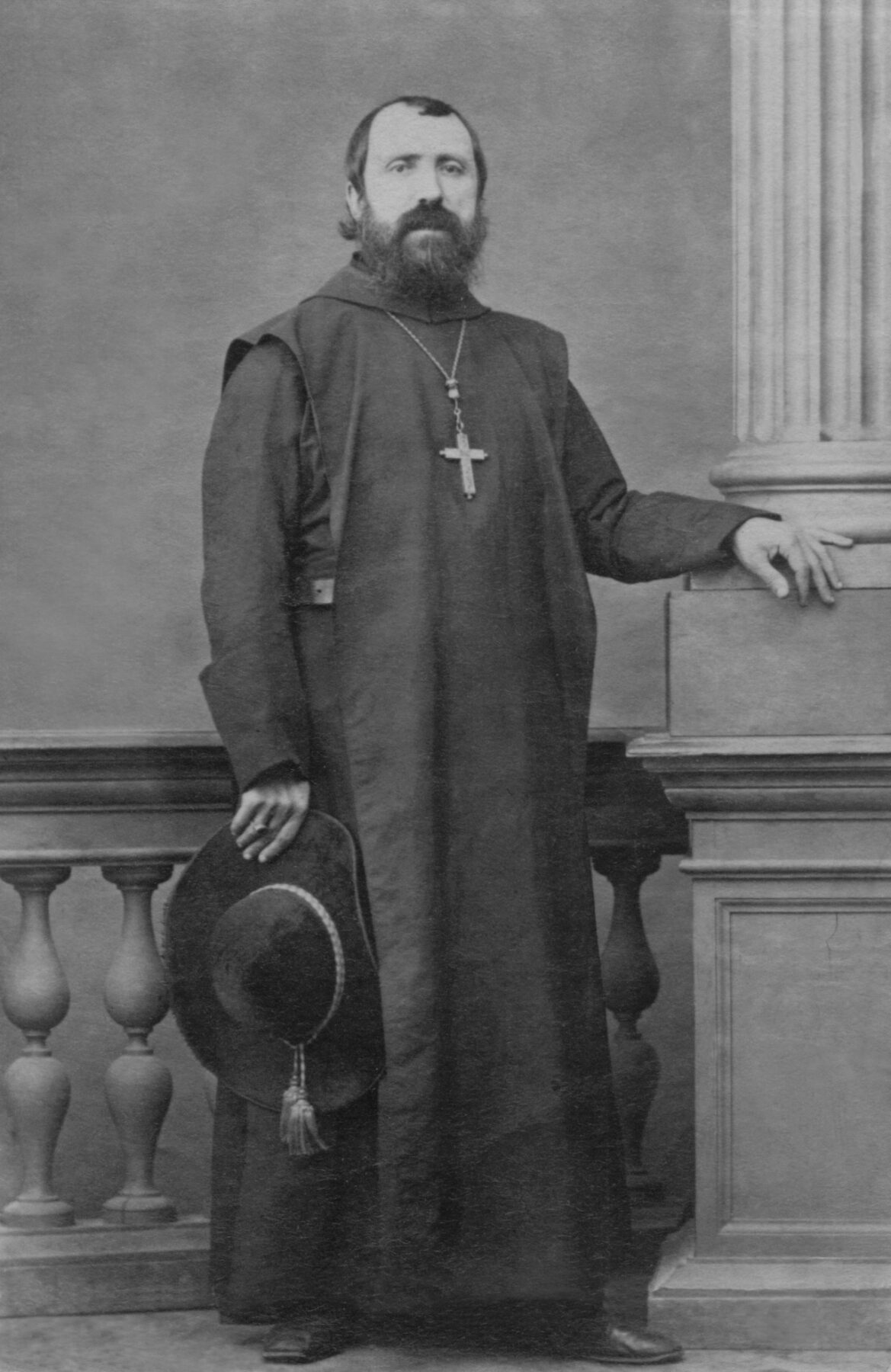
History
Before the arrival of Europeans, the area was home to the Yued Aboriginal people.
In February 1846 Dom Rosendo Salvado (pictured, right) and Dom Joseph Serra – accompanied by French monk Leander Fonteinne, English monk Dom Denis Tootle and an Irish catechist – set out to travel north of Perth. They established a mission for local Aboriginal people beside a spring about 8km north of the present site of New Norcia.
In 1847 the settlement was moved to the banks of the Moore River and named New Norcia.
By 1848 the mission covered more than 1000 acres (404ha) of land and both sheep and cattle were being grazed there.
The mission grew in importance in the 1860s and 1870s as the monks established a series of wells in the area and bred horses and produced silk.
In 1867 it became an abbey and Dom Rosendo Salvado was appointed Abbot.
In 1900 Dom Rosendo Salvado died and
was replaced by Dom Fulgentius Torres,
who was responsible for much of the design and supervision of the new buildings.
St Gertrude’s College was completed
in 1908.
St Ildephonsus’ College was opened in 1913.
Image credit: courtesy Benedictine Community of New Norcia
